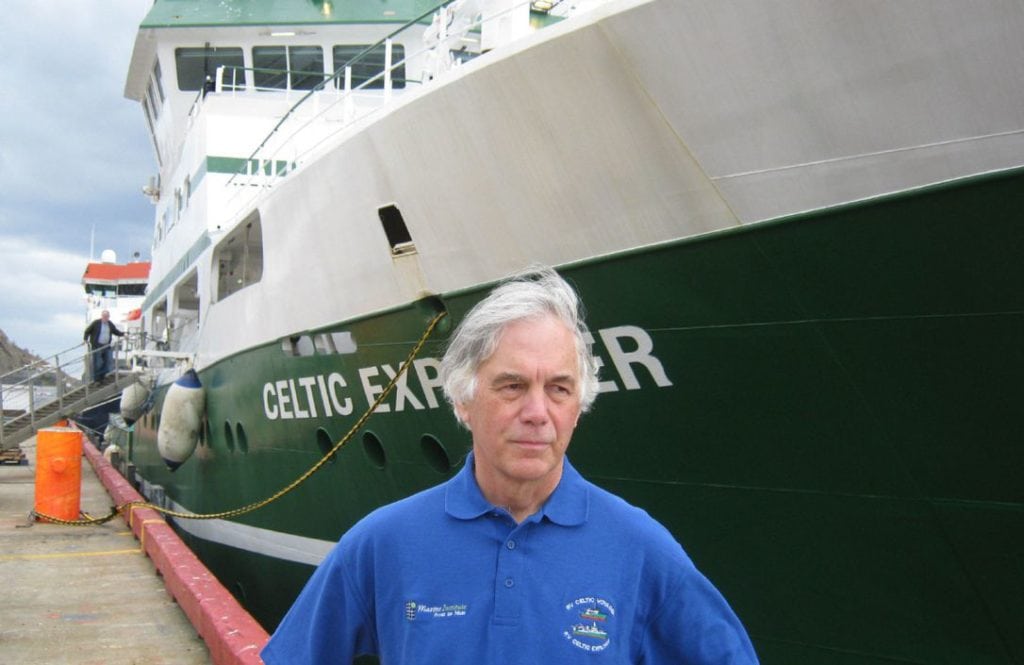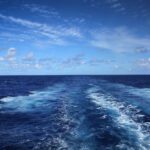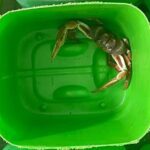CSP’s Michael Donaldson recently had a chance to chat with Dr. George Rose, co-author of the article, “Northern cod comeback” published today in the Canadian Journal of Fisheries and Aquatic Sciences. “Northern cod comeback” outlines the recent recovery of the once decimated northern Atlantic cod stock.

Image: Toronto Star
Q: The “northern” Atlantic cod fishery has been the textbook example of a fisheries collapse for more than 20 years. The remarkable success story that you document in your paper will be surprising to many. How widespread do you think the rebound is? Do you think the strong recruitment in the region studied is an indicator that recruitment is occurring in other regions as well?
A: There has yet to be really strong recruitment of juveniles into the stock. It may be occurring now but it is too early to say for sure. What has happened is better survival and growth of adults, and range expansion to traditional grounds. The large fish now present have the potential to produce much stronger recruitment of young fish. Similar changes may be occurring in adjacent stocks but the evidence is not as strong and our surveys have been restricted to the northern stock.
Q: Could you describe the major factors involved in the recovery of the stock?
A: This stock and others in the Atlantic region were subject to more than a double whammy in the late 1980s and early 1990s: decades of over overfishing that began with foreign fisheries in the 1950s and 1960s and was continued under Canadian jurisdiction, cold conditions unfavourable to recruitment and growth, a dwindling food supply (capelin) and an increase in predators (seals). With the exception of the foreign overfishing, the stock might have been able to withstand these factors one at a time but they all came together and caused a massive decline. The moratorium was critical to rebuilding the stock; to be sustainable harvest must be in balance with production in the stock, which has been poor for almost two decades. There is little doubt that the environmental factors, especially temperature and capelin abundance, are better now and production is on the rise, but it likely has not peaked yet.
Q: To what extent do you believe that management efforts (post-moratorium) have influenced the cod recovery?
A: Management has kept local harvests low—that has been essential. We still face issues with foreign fleets fishing on cod and other stocks and we have not been totally successful in dealing with that issue. Climate change is also influencing the ocean, but in this case it appears to be favouring capelin and cod.
Q: While biomass is increasing, do you think that this is due to a larger number of smaller bodied individuals compared to historic body sizes?
A: No. The fish are as large as they ever were in this stock, and growth is good. You could not have said the same 10 years ago.
Q: Do you fear that the findings of your paper will be misconstrued into stakeholders pushing to re-establish large-scale cod fisheries again in Atlantic Canada in the near future?
A: This is always a risk. We have made it clear in the paper that the comeback of the northern cod is still ongoing, with step three (generation of strong recruitment from all three regions) still incomplete. What should be happening now among stakeholders is the development of plans to revitalize a renewed fishery based on quality, not quantity, and a stronger economic base for participants. The short message is: get ready but no green light yet—there is too much at stake. The worse thing we could do would be to nip this comeback in the bud with too much harvest. Let it take hold.
Q: In the final line of your abstract, you state “…if this stock can recover, the potential exists for recovery of many other depleted stocks worldwide.” Do you have concerns about sending that message, since the localized recovery of cod was unexpected and the factors that may have contributed to the recovery (e.g., favourable ocean conditions, prey increases, nearly complete fisheries cessation) were unlikely to occur?
A: No. And we do not agree that the comeback was unexpected, it may have been unexpected by some, but not here. We just had to be patient. Depleted stocks implies too much fishing, which was definitely the case here. The good news is that we have the power to fix that. That being said, there may be little that can be done with stocks that are being rearranged by climate change, both up and down, but there are many stocks worldwide that can recover if prudent science and management were available and applied.
Q: Do you think your findings will change peoples’ perceptions about the resilience of fisheries in general? How important do you feel it is to reinforce success stories like this?
A: There has been a lot of negative press on the future of the oceans and fisheries. What we need to remember is that fisheries are one of world’s main food sources, and have the advantage of being sustainable, provide very healthy food and likely have the least environmental footprint of any major protein source. Given this, the importance of sustaining fisheries worldwide hardly needs embellishment. We also need to remember that many fisheries around the world are sustainable and well managed. Most all of these have strong science support. What a success story such as this shows, especially for a formerly very important stock that was considered by many to be down and out or even gone, is that stocks can recover if given protection. It also shows that it may take considerable time and be subject to multiple environmental influences. This is not the first time such a rebuilding has occurred. Another well studied stock that came back from near nothing is the Norwegian herring, and there are other examples from around the world. To ensure the food security of many areas of the world, it seems sensible to study success stories such as this one, not just the failures, to try to get a better grasp on fish stock dynamics and how sustainability may be achieved.
“Northern cod comeback” by George A. Rose and Sherrylynn Rowe is now freely available on the Canadian Journal of Fisheries and Aquatic Sciences website.




